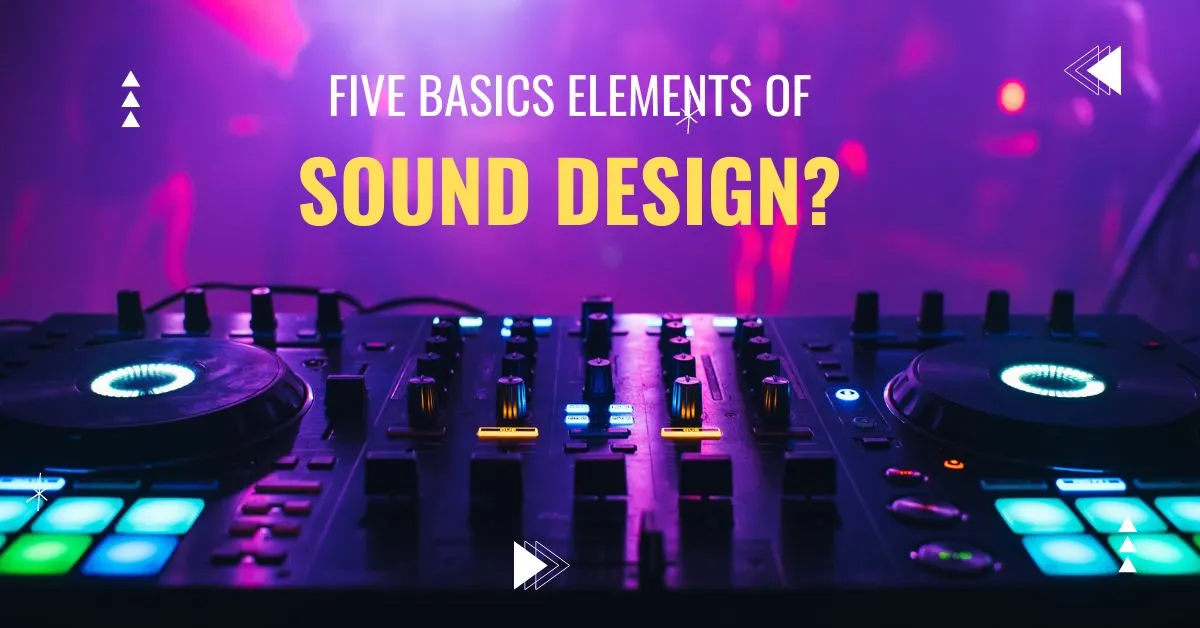


17, June 2023
Sound design is a crucial aspect of multimedia creation, adding depth, emotion, and realism to visual content. Whether it's in films, video games, podcasts, or animations, sound design enhances the overall viewer or listener experience. In this blog post, we will dive into the five fundamental elements of sound design and explore how each element contributes to creating immersive and captivating audio landscapes.
Dialogue is the spoken communication between characters or individuals in a scene. It plays a vital role in storytelling, conveying information, emotions, and character development. In sound design, dialogue should be clear, intelligible, and appropriately balanced with other audio elements. Learn techniques for capturing and editing dialogue, including noise reduction, equalization, and dialogue replacement (ADR) if necessary.
Sound effects are artificial or recorded sounds that enhance the realism and atmosphere of a scene. They can be both natural, such as footsteps, door slams, or birds chirping, and abstract, like futuristic spaceship sounds or magical spells. Sound effects are essential for creating a sense of place, heightening suspense, and emphasizing key actions or events. Explore libraries of sound effects or consider recording your own to match the specific needs of your project.
Music sets the mood, evokes emotions, and enhances the narrative of a scene. It can range from subtle background melodies to powerful orchestral compositions or catchy tunes. Selecting the right music for a particular moment is crucial to create the desired impact. Understand the importance of tempo, dynamics, and genre in music selection and how it should complement the visuals and overall tone of the project.
Ambience refers to the background sounds that help create a sense of place or environment. It includes natural sounds like wind, rain, or crowd chatter, as well as the acoustic characteristics of a specific location. Ambience plays a crucial role in immersing the audience in the scene, providing context, and establishing the mood. Learn how to record or gather appropriate ambience tracks and manipulate them to enhance the desired sonic environment.
Foley is the art of creating and recording everyday sounds that synchronize with on-screen actions. It involves adding sounds such as footsteps, clothing rustle, or object interactions to enhance the realism and physicality of a scene. Foley artists use various props and surfaces to reproduce these sounds in sync with the visuals. Discover the techniques and tools used in Foley recording, as well as the importance of timing and accuracy to ensure seamless integration with the visuals.
Mastering the five basic elements of sound design—dialogue, sound effects, music, ambience, and Foley—empowers you to create immersive and captivating audio experiences. Each element serves a specific purpose in enhancing the narrative, evoking emotions, and providing a rich auditory environment for your audience. By understanding and utilizing these fundamental elements, you can elevate your multimedia projects to new heights and leave a lasting impact on your viewers or listeners.